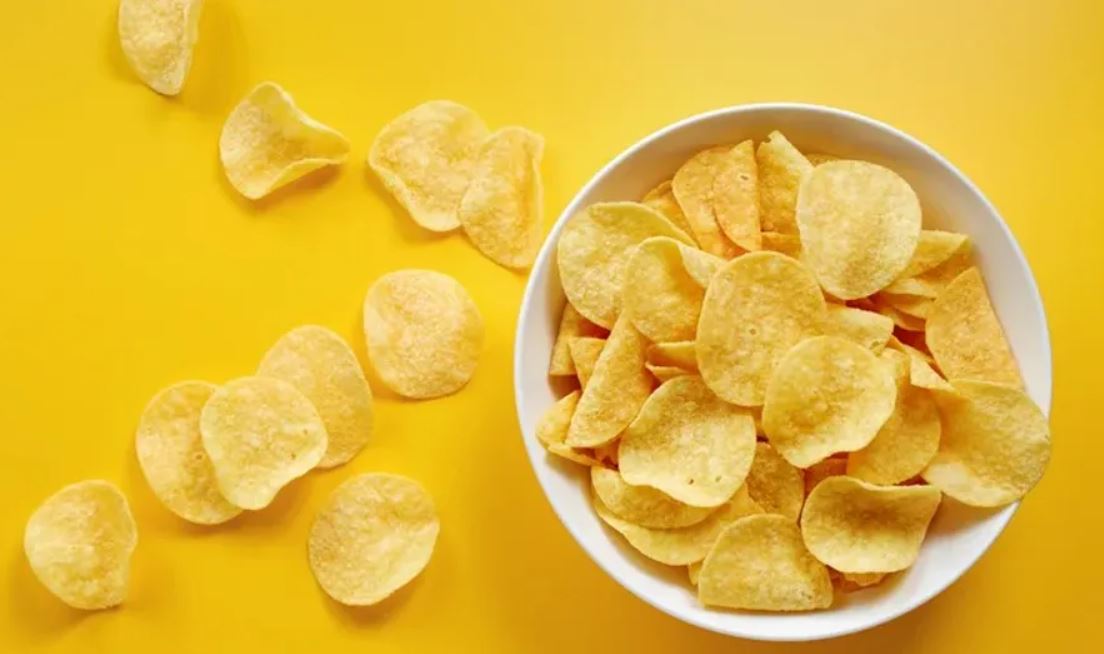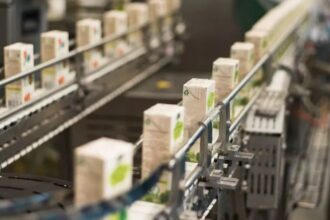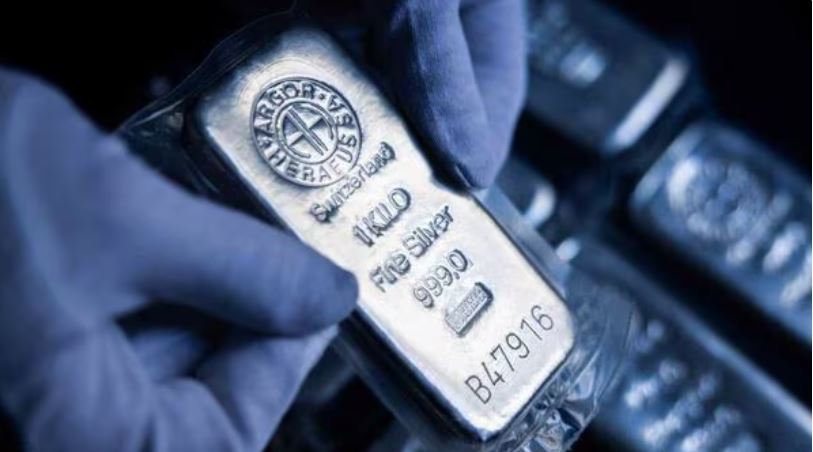Once upon a time, potato chips came in three choices plain, BBQ, or sour cream & onion and that was considered variety. In recent times, the U.S. chips industry has turned into a $14 billion flavor empire, with shoppers willingly paying extra for bold experiments such as hot honey, Nashville hot chicken, Korean BBQ, and even late-night cheeseburger flavors.
What’s driving this transformation? Data, AI, and a new breed of snack consumers who do not want to just eat chips but they want to experience them. For brands, the message is clear: flavor innovation is a core business strategy nowadays. This strategy confined to selling excitement, culture, and curiosity in every bag.
Limited-Edition Buzz: Turning Snacks into Social Currency
As per the recent update, Lay’s Do Us a Flavor campaign, relaunched in 2025. Over 700,000 consumers submitted ideas, from Bacon Grilled Cheese to Korean-Style Fried Chicken, competing for a $1 million prize. The finalists are already trending on TikTok, sparking debates, taste tests, and, of course, long checkout lines.
These “drop culture” snacks mirror what we see in fashion: limited runs create FOMO, and FOMO drives sales. A win for flavor fans, a bigger win for brands.
AI in the Kitchen: Predicting Tomorrow’s Flavors Today
AI now scans millions of data points from Yelp reviews to viral TikTok recipes to predict what flavor profiles will resonate next. PepsiCo, for example, has been experimenting with machine learning models that recommend flavor combinations based on emerging culinary trends.
This kind of predictive flavor innovation accelerates time-to-market and gives brands an edge in a highly competitive aisle.
Local Roots, Global Inspirations
From dill pickle in the Midwest to chili-lime in Texas, brands are tailoring flavors to regional preferences. At the same time, the world’s cuisines are making their mark on U.S. chips. For instance, Korean BBQ, tandoori spice, and Mediterranean herb flavors are increasingly popular, with “global fusion” being one of the fastest-growing subcategories.
Even niche brands are getting in on the action. Kettle Foods’ 2025 line includes Chamoy, Truffle & Sea Salt, and Texas BBQ, catering to adventurous eaters who want more than just salt and crunch.
Premiumization: Why People Pay More for a Bag of Chips
Unit volumes in the U.S. potato chip category dipped, but revenue stayed strong because of premium flavors commanding higher prices. This flavor premium works because consumers, especially younger ones, are buying novelty and storytelling, not just snacks.
Suppose a $5 gourmet chip bag flavored such as truffle parmesan and black garlic is not competing with standard chips but it is competing with restaurant appetizers.
The Future Crunch: Personalization, Wellness, and Crossovers
Looking ahead, the flavor economy is only getting bigger:
- Personalized chips powered by AI, letting customers build their own seasoning blends on-demand.
- Wellness-forward innovation, with clean-label, air-fried, low-sodium chips enhanced by real herbs and spices.
- Cross-brand collaborations, where fast-food giants, beverage makers, or even hot sauce brands co-create limited-edition flavors for exclusive launches.
The future snack aisle could look more like a tech-driven, flavor lab than a grocery shelf.
Flavor as Strategy, Not Just Seasoning
The potato chip industry is proof that even in a mature, crowded market, data and creativity can unlock new growth. Flavors have gone from afterthought to economic engine driving engagement, social buzz, and premium pricing.
For snack brands, the lesson is clear: in today’s billion dollar flavor economy, selling experiences is more crucial than selling just chips and the brands that dare to push flavor boundaries will own the next decade of crunch.
















